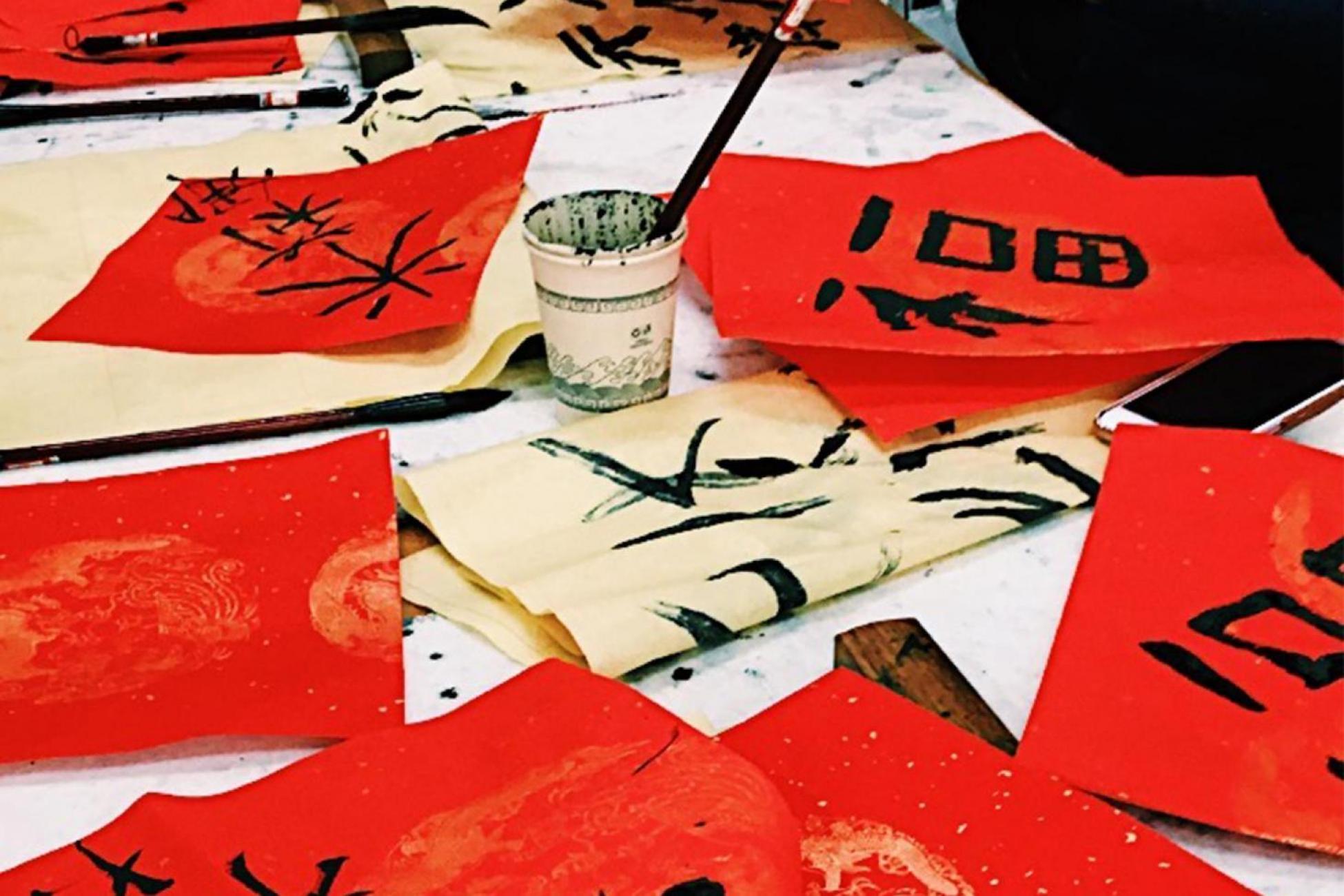Learning Chinese calligraphy was something I really wanted to do while living in China. Now, after taking a class, I’m beginning to understand this unique art form.
The world of calligraphy
Calligraphy is an ancient artistic form of human language. It is very important within Chinese culture as it not only reflects their traditions, but it also acts as an educational aspect to the language, considering that Chinese symbols are part of the Mandarin language.
Calligraphy is considered highly valuable across East Asia. There are five different types of script: “Seal,” “Official,” “Cursive,” “Running,” and “Regular.” There are a wide variety of brushes you can use depending on the size of the line you want to produce.
Within Chinese calligraphy, there are also seven different strokes called the “Seven Mysteries.” The ink can also be sold in two different forms: there is liquid ink (which used to be drinkable), and solid ink which comes heavily decorated and is made from pinewood soot.
How I learned this ancient art
As someone who paints, draws, and loves all things creative, I naively assumed I would be rather good at Chinese calligraphy. I was proven wrong.
As someone who paints, draws, and loves all things creative, I naively assumed I would be rather good at Chinese calligraphy. I was proven wrong.
The session started with setting up the workplace. A placement is used under the sheet of paper and a small paperweight is placed at the top to make sure everything stays in place. We received paintbrushes and ink, and then sat down to draw.
Our calligraphy teacher first went through a small presentation showing us about the history of each of the different kinds of scripts. We first started writing the word “forever”—永—on yellow paper with large grids. This particular symbol can be rather difficult, as when you paint with a Chinese calligraphy brush you cannot lift the brush off the paper—everything should be in one stroke. You also have to be extra careful when changing the angle or direction of the brush, especially if you press too hard on the paper.
Each member of the class received a beautiful red textured piece of paper with golden detailed illustrations; this special type of paper is heavily used for Chinese New Year celebrations. Each of us were then allowed to write our own words. I specifically chose the word “cat”—貓—which I must admit was rather difficult. It is tradition when using this paper to turn it diagonally before writing, as many people hang the finished product up outside their homes when celebrating New Years.
What I didn’t expect
As I mentioned before, I thought I’d be pretty good at this. As an artist, I was intrigued by the medium; it turns out, calligraphy is hard work.
The awkward brush strokes and thick brush tips make it very difficult for a beginner. I also had no idea about the different types of script and the meanings behind each one. Also, you have to hold the paintbrush in a very specific way; unlike a pen or pencil, you hold the paintbrush upright in your hand.
After taking the lesson, I now understand the difficulty of this art form—mastering calligraphy takes dedication and commitment. Yet, I am grateful to gain just a small insight into such a special Chinese tradition.
Add this article to your reading list




